Howdy! It’s Mwaka here sharing my experiences and plant-based experiments. If you’ve been on this journey with me from the start (my article Heart Wellness Begins With Nutrition), then you know why we’re here: to educate and entertain. Let’s dive straight in!
When I was a child, anytime I would fall sick, my blood test results would always show I was anemic. This is something that my mum has constantly worried about, even more now that I have cardiovascular disease. Her anxiety rose to the roof after learning that I went plant-based. So, mum, this one is for you.
Where Do We Find Iron?
Iron is a critical element in the formation of red blood cells, which are responsible for moving oxygen around the body. Iron also has a critical role in growth, development, energy, and hormone production.
An inadequate dietary intake of iron can lead to Iron deficiency anemia, while a moderately inadequate amount will reduce your levels of energy and impair your ability to heal. Plant-based diets obviously exclude animal-based sources of iron (meat and fish). So, how do we meet our plant-based iron requirements?
Iron Sources
If you research iron sources, the results are often biased towards animal-based options, despite plants being excellent sources, too. It might actually come as a surprise that a plant-based diet has a higher iron content than an animal-based diet, but we don’t always absorb it very efficiently. Let’s look a little deeper. First, there are two types of iron:
Heme Iron
Heme iron is found in animal sources. This type of iron is enclosed in protein structures and is absorbed more efficiently in the intestine.
Non-Heme Iron
Non-heme iron, on the other hand, is the free iron atoms found in plant-based sources and is absorbed via a different mechanism that can be less efficient than heme iron.
So, there is the paradox: plant-based sources contain more iron than animal-based sources, BUT, we don’t always absorb this iron very well. Fortunately, there are things you can do to enhance your iron absorption.
Additionally, a lot of the research into iron absorption doesn’t take into account the health of the gut. If you have an unhealthy intestine, packed with bad bacteria, your ability to absorb nutrients is reduced significantly. But if you have an alkaline intestine your nutrient absorption will be much better than an average omnivore chowing down on animal products and processed food.
Recommended Dietary Intake for Iron
How much iron an individual requires depends on their gender, health status, and age. In certain groups, like adolescents and pregnant women, a higher intake of iron is recommended to meet increased blood formation requirements.
It’s also important to remember that the recommended intakes (for iron and all other micronutrients) were established to prevent death from malnutrition, not to help your body thrive!
When on a plant-based diet, you are advised to consume twice as much iron compared to your meat-eating counterpart. But, considering iron deficiency impacts more than 20% of US citizens, it's fair to say that nobody is getting enough.
Paying attention to your nutrition is a lifestyle choice that - if you are reading this - you are choosing to make!
Common Issues caused by Iron Deficiency
When we talk about the issues and symptoms of iron deficiency we're referring to when the problem has become severe enough to cause health issues. However, just a minor lack of this super-critical nutritional metal will reduce your bio-electrical (‘life-force’) energy.
Iron deficiency signs and symptoms include:
- Changes in pallor (skin looks grey, ashen, or yellow-ish)
- General body weakness and lack of energy
- Headaches or dizziness on standing
- Cold hands and feet due to poor circulation
Iron deficiency anemia cases are mostly mild and rarely lead to complications. Although if left untreated it can lead to more severe problems, including:
Arrhythmia
This refers to an irregular, or fast, heartbeat. This is because the heart is trying to compensate for the low amount of oxygen by pumping more blood. In extreme cases, it could lead to an enlarged heart.
Delayed Growth in Children
Children with severe iron deficiency suffer from stunted growth and regressed milestones. Their immunity is also compromised making them prone to infections.
Complications in Pregnancy
Iron deficiency anemia in pregnancy affects both mother and child. It could lead to premature births, low birth weight infants, and miscarriages. Pregnant women are often supplemented with iron to ensure they meet their increased iron requirements.

Best sources of Plant Based Iron
Despite the reduced efficiency of absorption for Non-heme iron, research has shown that iron deficiency anemia is as common in the general population as is in the plant-based population. This may be due to the higher iron content in plant sources that compensates for the reduced absorption of Non-heme iron.
Good sources of iron include amaranth, arugula, dates, raisins, quinoa, tomatoes, walnuts, sesame seeds, sea vegetables and olive oil. Approved greens, the darker the better, are also full of this awesome mineral.
Dr. Sebi also championed herbs like burdock, whose deep root systems are able to reach minerals, including iron, and bring them to the surface. Burdock is a ‘specialist’ herb known for its iron-seeking abilities. Herbs like thyme and sage also share iron-rich supplies when cooked or used to make tea.
How to Get Enough Iron From Plant-Based Sources
Step One is to seek out iron from a variety of different sources. A cup of cooked garbanzo beans provides about ¼ of your basic iron needs, add to it herbs, greens, and spices and you’re ensuring each bit is packed with taste and nutrition.
Step Two, pair iron-rich meals with foods that promote iron absorption. Seville oranges, melons, and strawberries capture Non-heme iron and store it in a more absorbable form. Tomatoes also optimize iron absorption. Plus, for an extra metallic boost, red peppers and squash help release iron in storage in the body.
Step Three, avoid foods that hinder iron absorption. Soaking whole grains (Kamut, rye, tef, and spelt) before cooking will reduce iron-sequestering anti-nutrients (phytic acid). Coffee and black/green tea contain polyphenols and tannins that hinder iron absorption. Try these Alkaline Tea options instead.
Step Four, make foods specifically high in iron, like my ‘Iron Proof’ salad. This will ensure that you focus on planning to get enough iron, it wont happen by accident. This is one of the recipes that helped with my anemia during my pregnancy.
Mwaka’s ‘Iron Proof’ Salad
Prep time: 25 mins
Cook time: 45 mins
Serving: 2
Ingredients
- 1 tablespoon coconut oil
- 2 tablespoons key lime juice
- 2 cups garbanzo beans
- 2 tablespoons oregano, chopped
- Pure sea salt to taste
- 2 cups red, yellow, and green bell peppers, chopped
- 1 cup cherry tomatoes, cut in half
- ½ cup red onions, slice, soak in pure sea salt water, and drain.
- Bunch of approved leafy green vegetables of your choice
Preparation
- Boil your garbanzos for 45 minutes while occasionally checking the tenderness. Drain the water out and rinse them. Once ready, set aside and start preparing other ingredients.
- Combine lime juice, coconut oil, pure sea salt, and oregano in a jar and shake well.
- Put cooked garbanzo into a bowl, and add your chopped vegetables.
- Pour the dressing on top. Mix well to combine all of the ingredients.
- Serve with a glass of freshly squeezed Seville orange juice to increase absorption.

Supplementing Plant-Based Iron
The final step to boost your iron intake is to consider supplements. Our soils have been so impoverished by decades of industrial farming that getting enough iron can be difficult. If you suffer from iron deficiency anemia, or think your iron levels may be low, iron supplements can help you. Dr. Sebi developed two specific supplements to elevate your iron, Dr. Sebi’s Bio Ferro Tonic, and Dr. Sebi’s Bio Ferrero Capsules.
Did you find this article helpful? Do you have any questions concerning iron in plant-based nutrition? Comment your answers below.
Until next time,
Stay healthy!
Mwaka
|
|
|
Dr. Sebi's Bio Ferro Tonic increases iron levels, cleanses the blood, and supports a healthy immune system. Bioactive plant compounds and promote heart health and a flowing and oxygenated circulatory system. Burdock root, Encino, Muicle, Blue vervain, and Yellow Dock have gathered precious iron from the earth just for you! |
|
“I’m on my 3rd bottle of this tonic. I began noticing improvements in my anemia after just 3 days of use. It helps me in ways the prescription and over the counter iron tablets cannot. My energy levels are increasing, anemia induced anxiety/ panic is largely diminished, lightheaded feelings, heart palpitations, restricted breathing are disappearing. I can think more clearly now. A bottle will last you about a week, so that’s the only drawback. This natural remedy is a God send." - K. Willis |
|
|
| Dr. Sebi's Bio Ferro Capsules contain minerals and phytochemicals that enhance detoxification, oxygenation, and cellular nutrition. These convenient capsules support your immune system, increase iron levels, and promote cleansing. |
| "This has helped me with anemia. I had anxiety and shortness of breath due to low iron. These symptoms went away within a few days of taking this product. I will buy this again." - ladyxui |















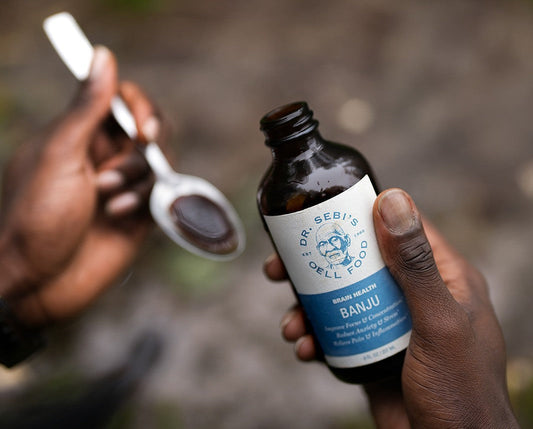
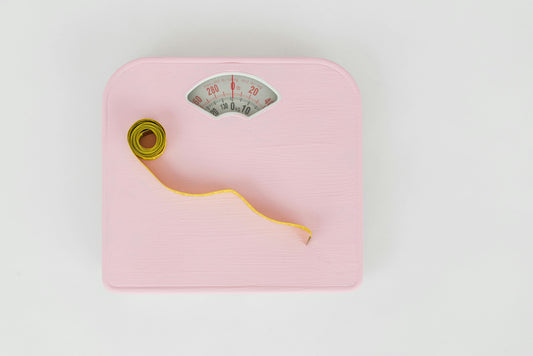
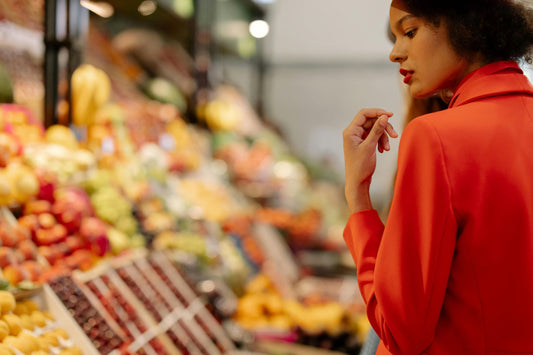
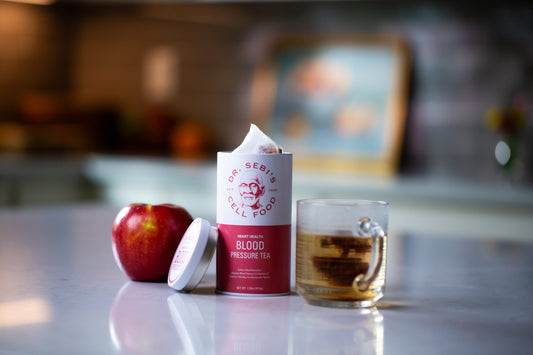
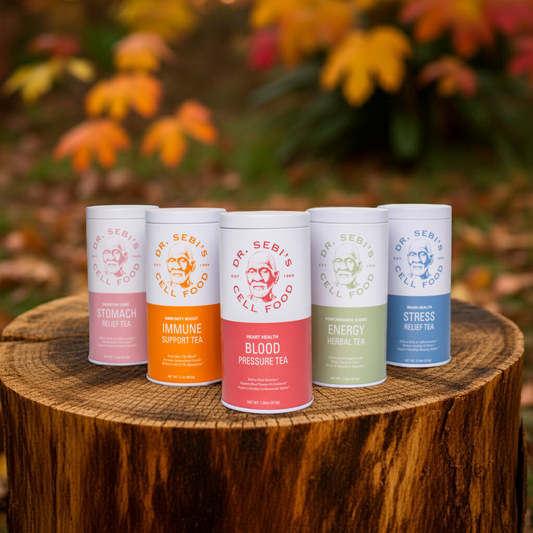
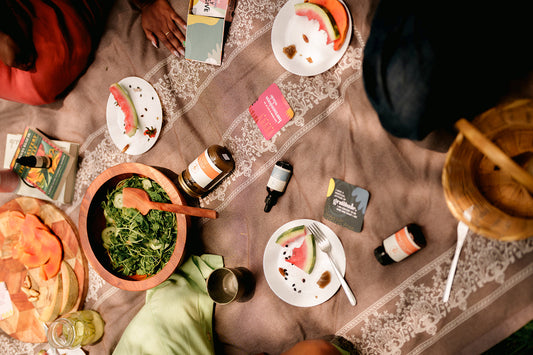
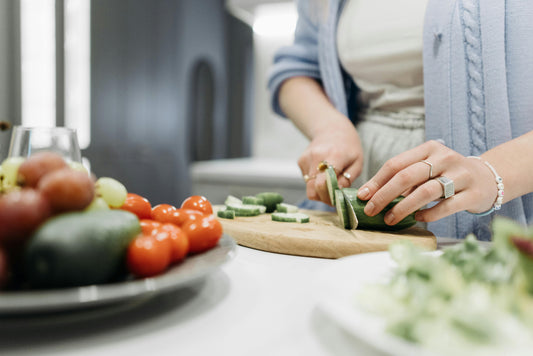

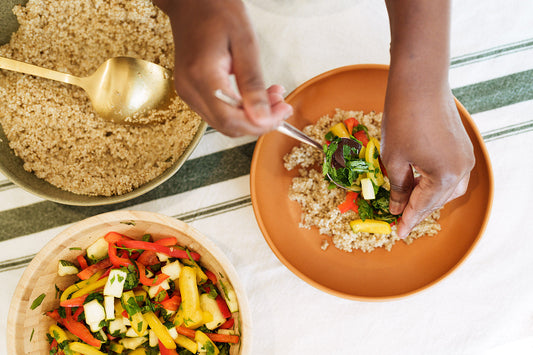



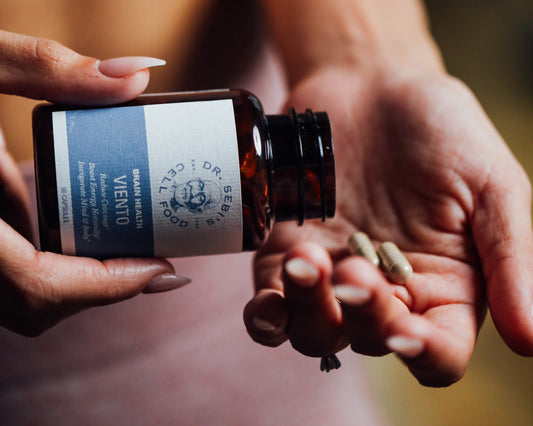
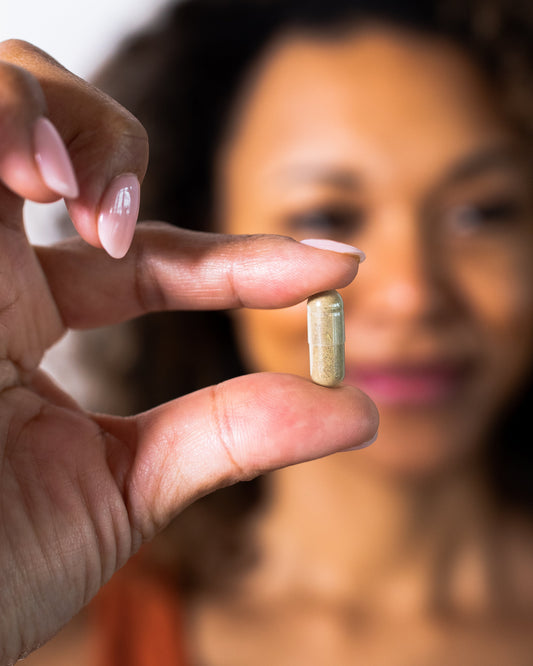
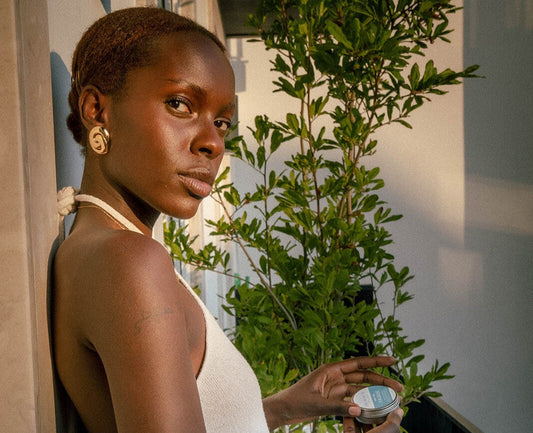
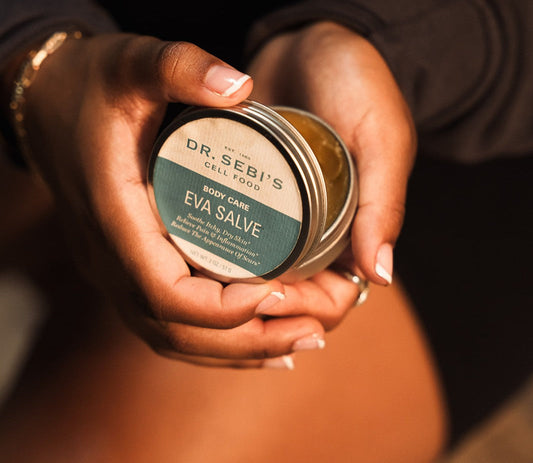
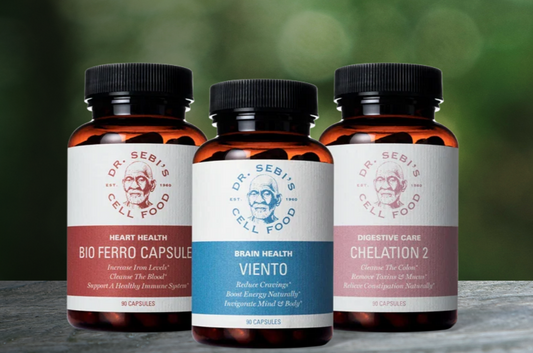
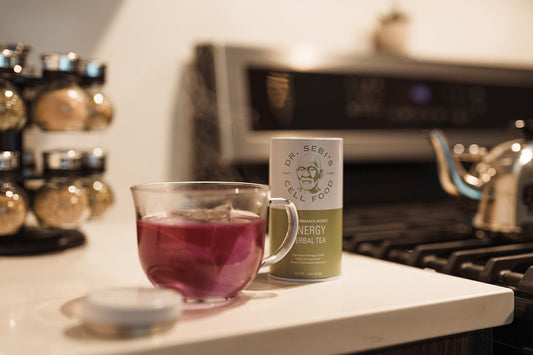
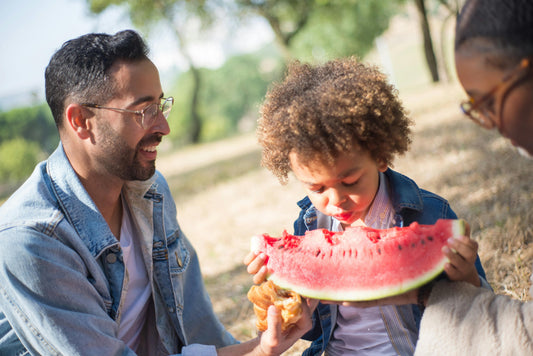
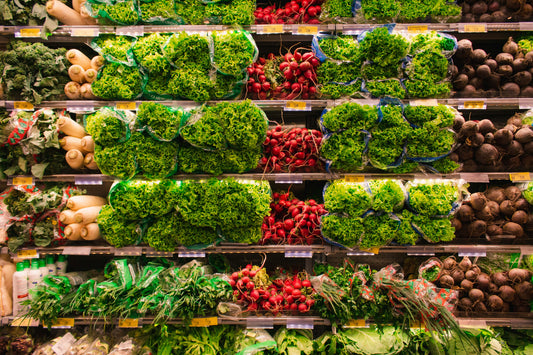
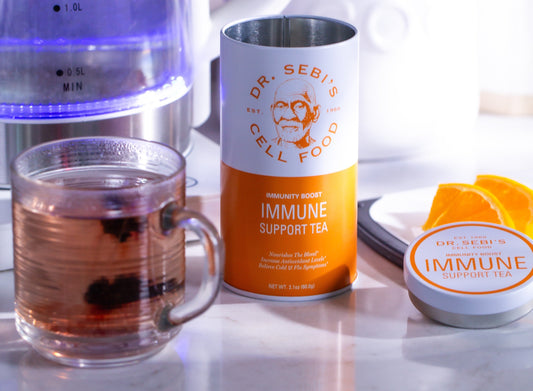

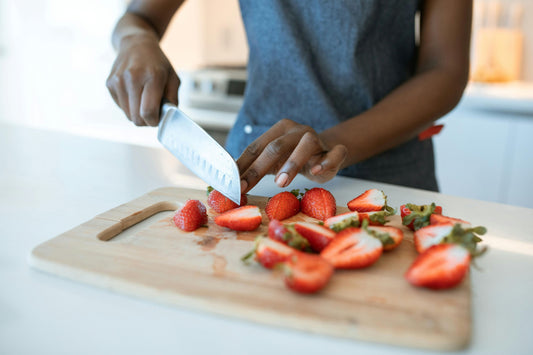

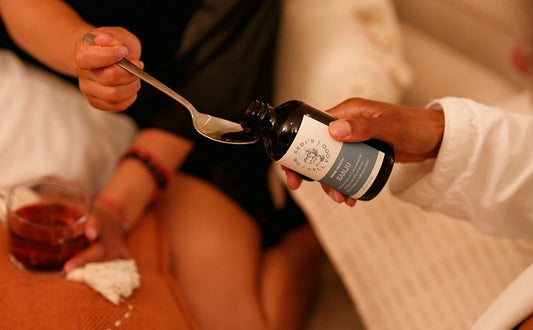
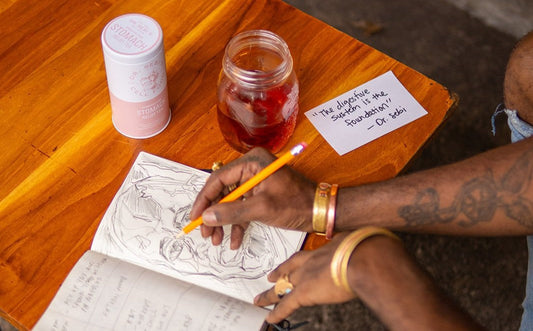

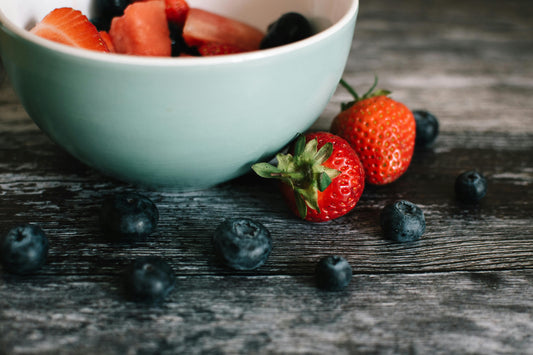
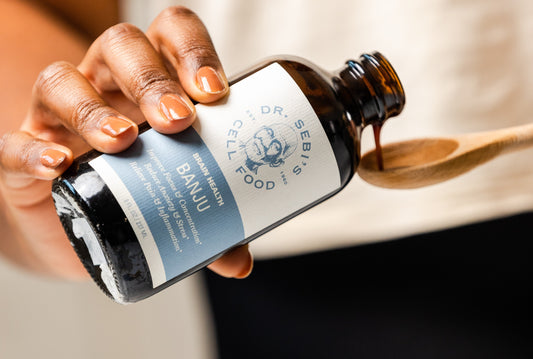
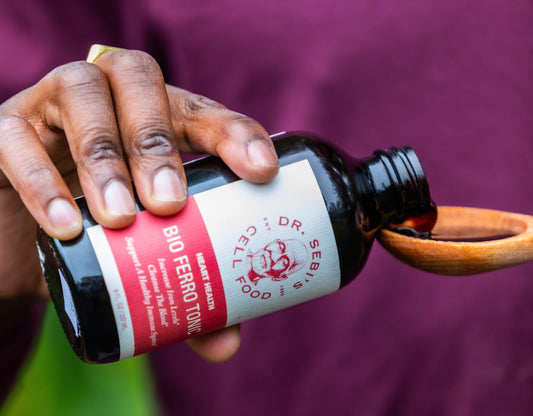
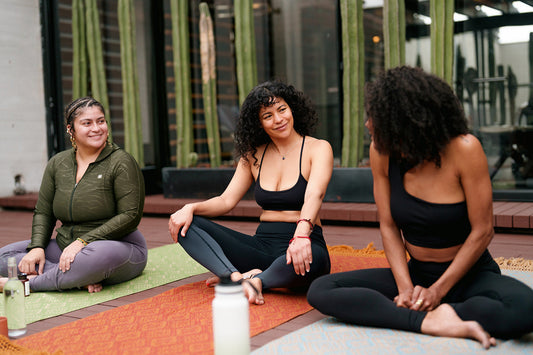
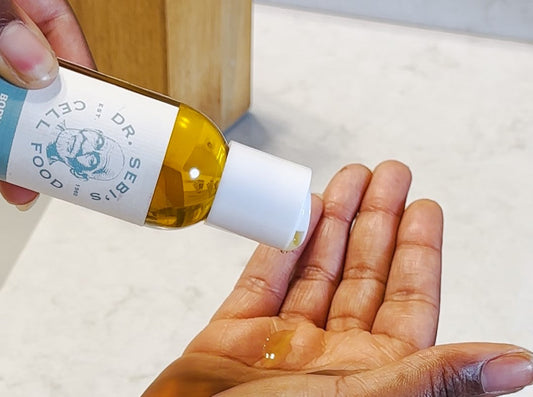



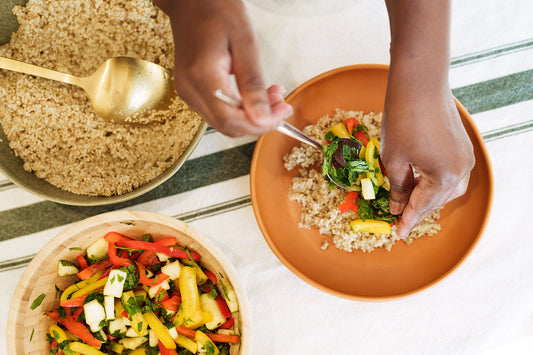
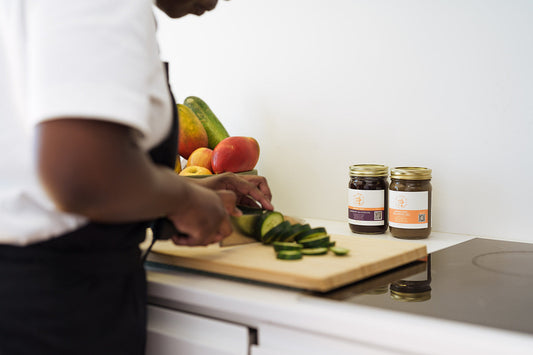
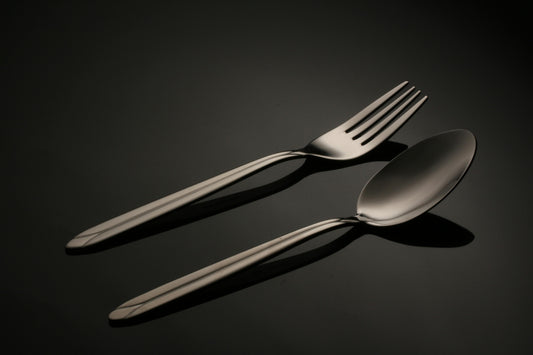
2 comments
So the iron plus is not the best product to boost iron the bio ferro is? And you say green tea is not good for iron?
Thank you for educating and sharing your story. I needed this. Thank you for the salad recipe.
What are the Alkaline teas? The link did not work.